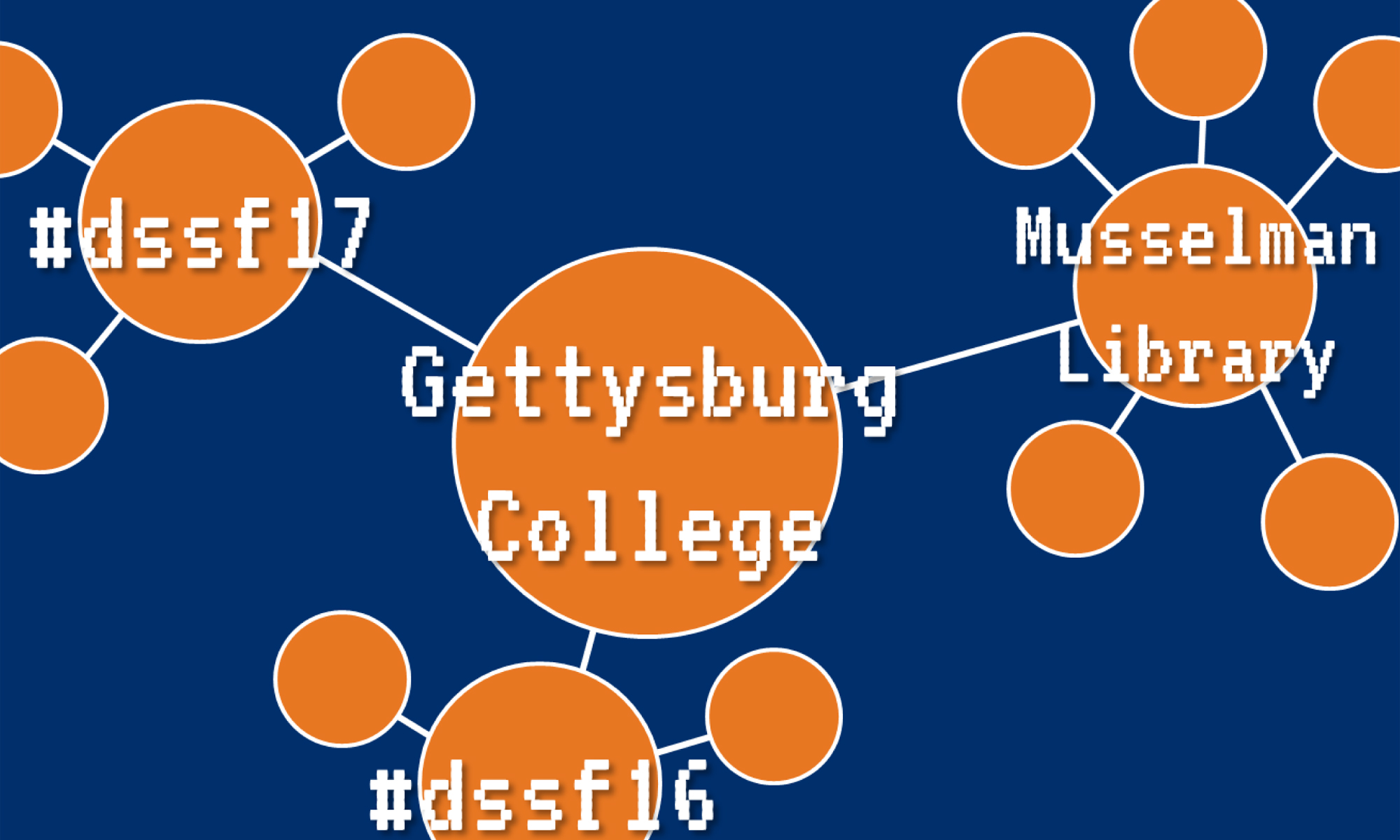What is the link to the project?
http://daniellasnyder.sites.gettysburg.edu/maps_as_art/
Who created the project? Why did they create the project?
Daniella Snyder. She was a Mellon Fellow and created it to showcase her research.
Who is the audience for the project?
-Art Historians
-Historians
-Map Historians
-Special Collections
-Future DSSF Fellows
-Future Kolbe Fellows
-Professors
-Graduate Students
-Map Collections
-The Gettysburg College Community
What research question does the project appear to be asking? Is there a central thesis?
Daniella was looking to understand and analyze Willem Blaeu’s “Noca Totius Terrarum Geogrpahica ac Hydrographica Tabula” map A 1643 print, after a 1606 original. Her main question was “how can maps be pieces of art work?”.
How easy is the project to navigate and use? Is there an inviting home or front page?
The project is very easy to navigate. There is a navigation bar, a home page, and all of her scans are hyperlinked. If someone did not have much technological knowledge they would be able to navigate through this website. She even explains how to explore the website. I think the home page is very inviting. I wish the navigation bar was centered differently, but other than that, it is great!
Is the writing clear, succinct, and precise, or does it read like a traditional scholarly paper?
The writing is extremely strong. As Daniella analyzes the different aspects of the map, it becomes more scholarly because it uses specific art terms, but I think for her audience it is okay. She is very detailed but does not write too much. Each page and section of the Storymap is manageable.
Is there an About page, or other information page? Is there any technical information about the creation of the project?
There is an about page on the website. It explains who Daniella is, what a Mellon Grant is, some of the research she did and the people that assisted her during her work. She does discuss the digital tools that she used.
What kinds of digital assets are used? Is metadata available?
Daniella used scans of her map on her website. I did not find any metadata about the map.
What kinds of digital tools are used for the project? Why were they chosen?
Daniella used WordPress and StoryMapsJS. She does not have a section on her website explaining why she used each tool. I believe she used StoryMapsJS because it is very easy to annotate images.
What can you learn from this that you couldn’t from a traditional research paper?
This project allows users to interact with, visualize and understand the map and the parallel images that the border is based on. This would be very hard to do with a paper especially if there were no images in the paper. I think this project is best as a DH project.
I really love this project and really enjoyed watching her create it. It has helped to inspire my project for this year. I hope to see more projects like this one!
